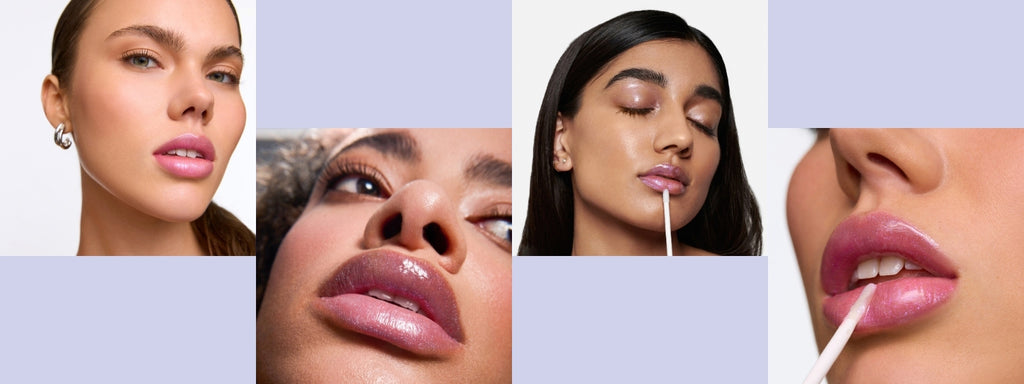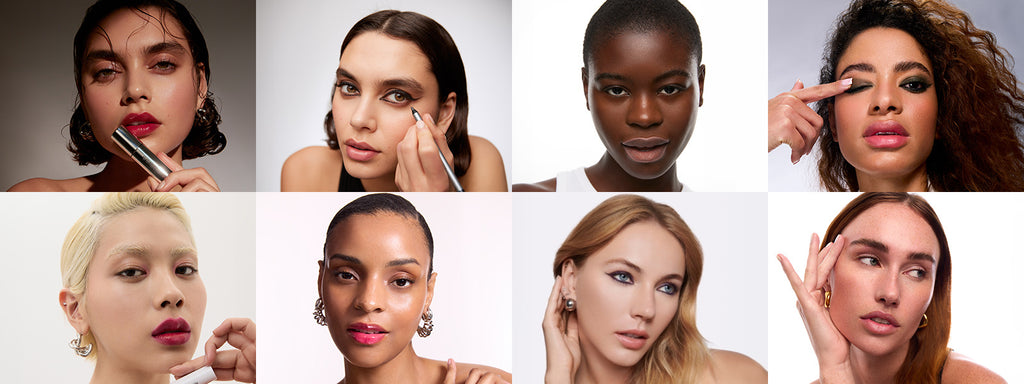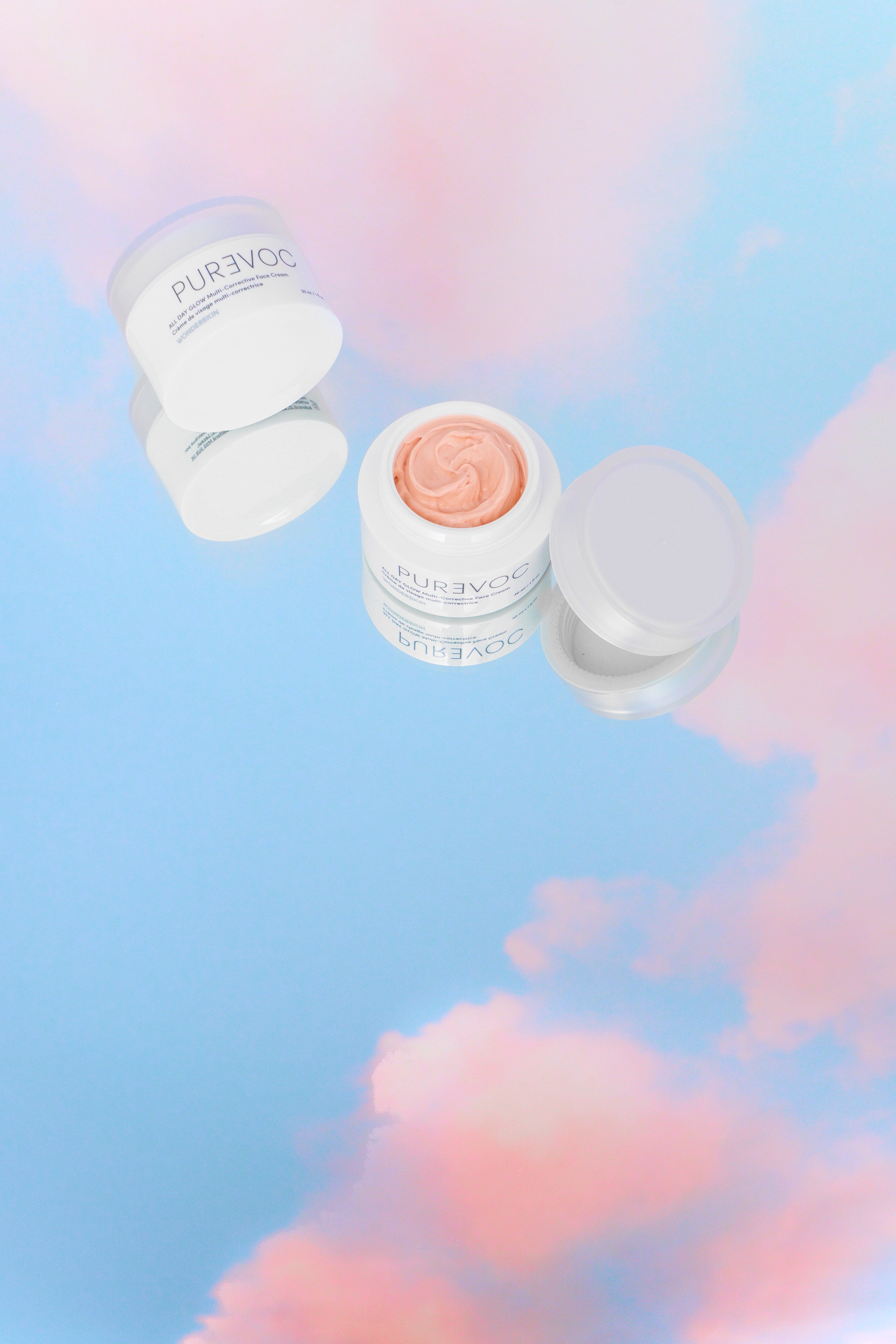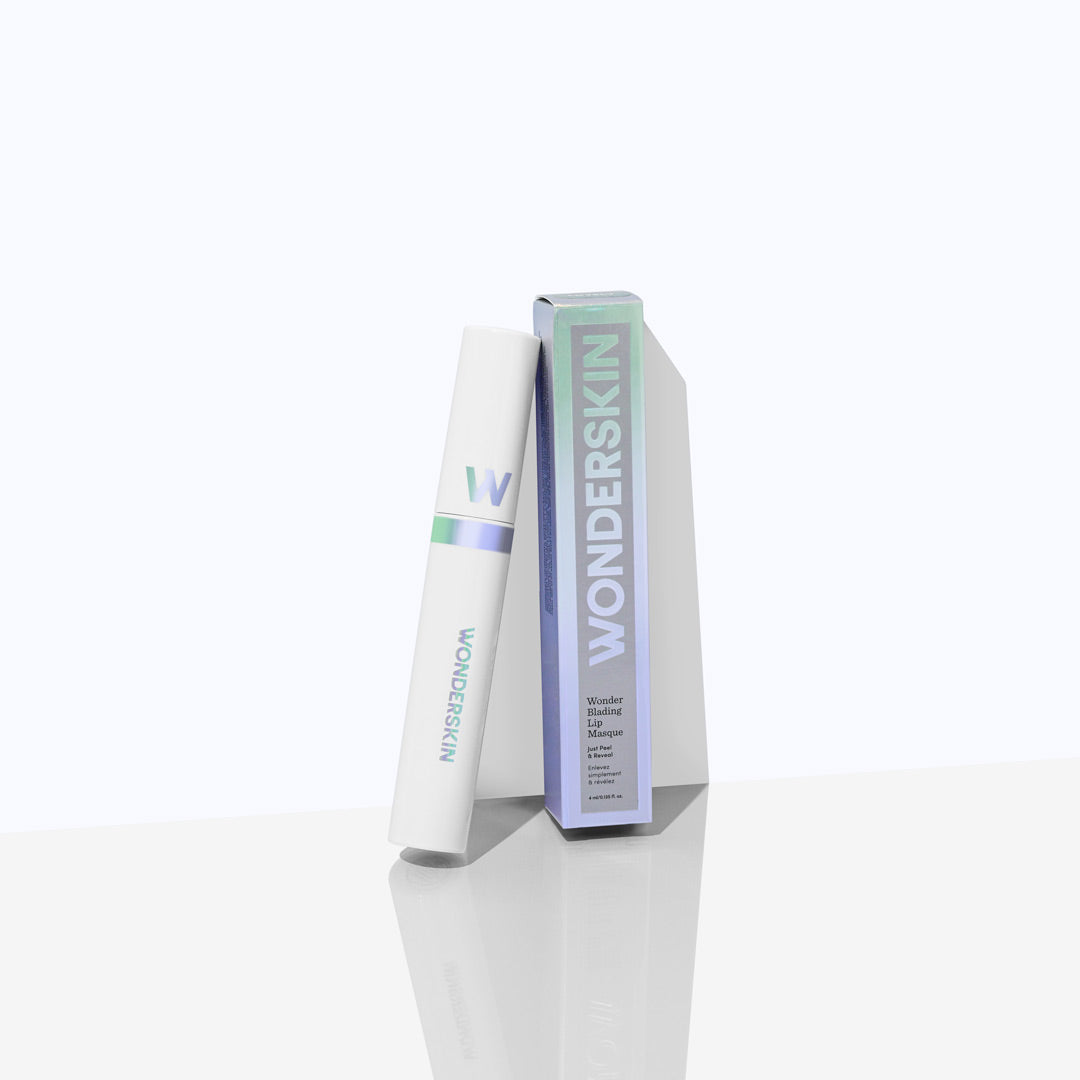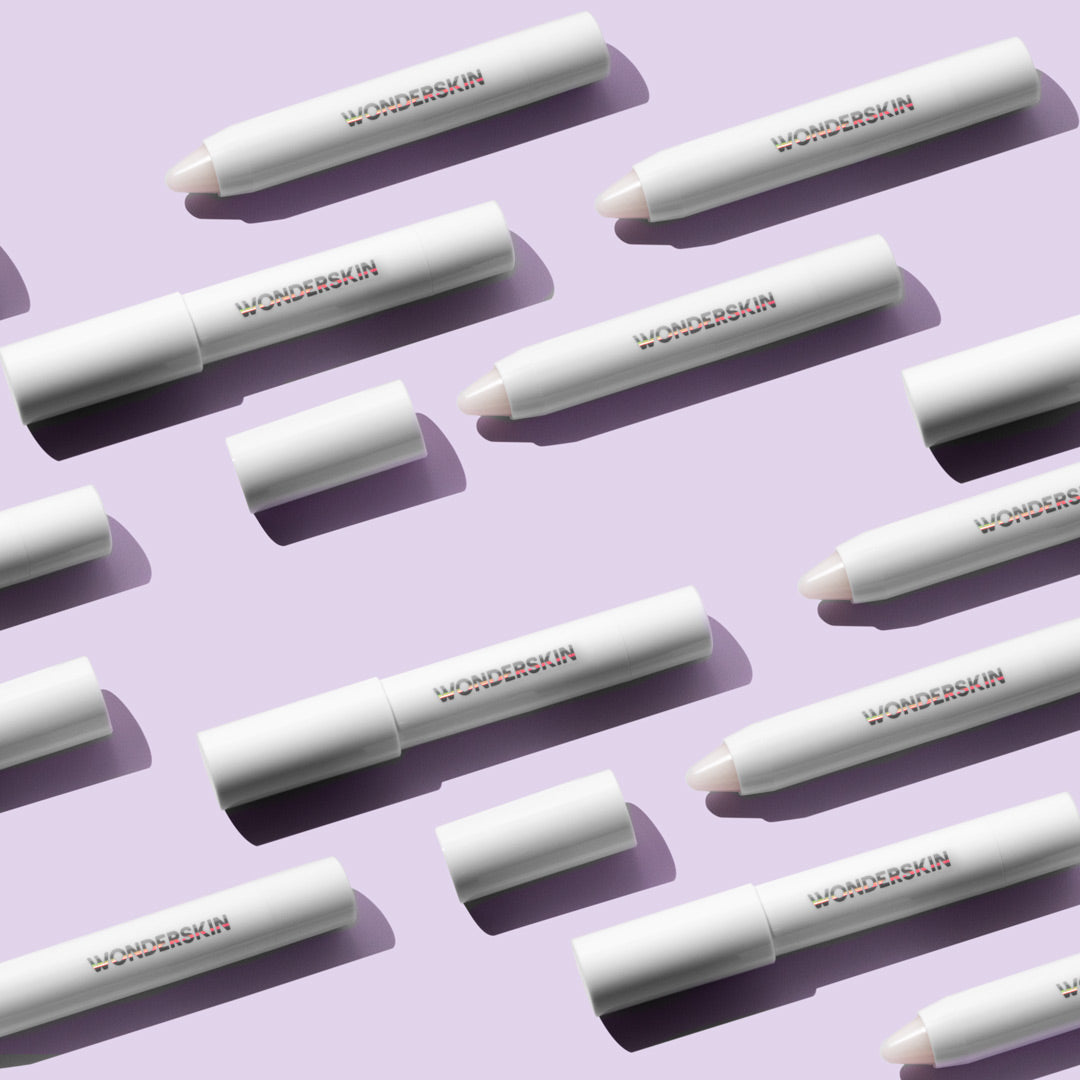
6 Not-So-Obvious Skin Mistakes You Need to Avoid
Hello Beauties,
We hold certain skincare truths to be self-evident: don’t go to bed with makeup on, protect your pretty face with sunscreen 365 days a year, keep your paws off picking at a big pimple. We may not always follow these complexion rules of conduct, but we know the general dos and don’ts of healthy skin.
But lately, with skin conversations often being led by celebrities hawking their own beauty brands or influencers who aren’t dermatologists or trained aestheticians, there’s a fair amount of skin misinformation circulating online that could steer you in the wrong direction. You may give up on a perfectly good product if you don’t realize you’re using incorrectly, or waste time on a routine that you’re unaware is an ineffective mix of ingredients, leaving both you and your skin feeling irritated.
To help guide you toward the best practices for beautiful skin, here are six lesser-known skincare mistakes and how to avoid them, according to experts.
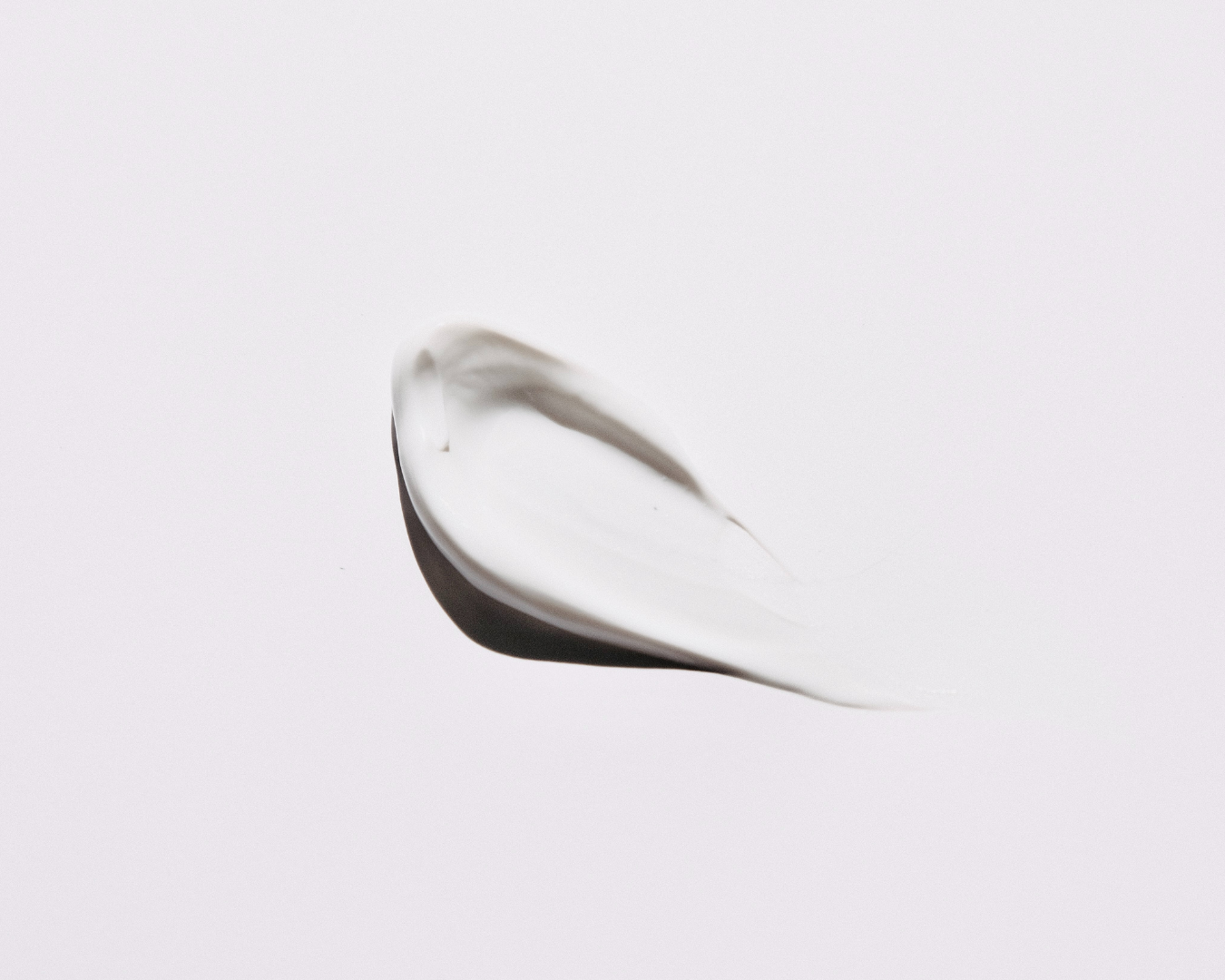
Mistake #1: Layering ingredients that counteract each other
Skincare ingredients are like couples: some have amazing chemistry together, while others just bring each other down. Get in the habit of checking any new skin product’s active ingredients against what you’re currently using to be sure you’re not layering ingredients that render each other ineffective or can cause reactions.
- Ideally, you should show all your skincare products to your dermatologist at your next skin check to let a pro review them for any potential interactions. In the meantime, here's what to avoid using in the same A.M. or P.M. regimen:
Retinol and Vitamin C: When used at the same time, these ingredients lower each other’s potency. Instead, apply vitamin C in the morning (it’s an antioxidant, after all) and retinol at night.
Retinol and Alpha Hydroxy Acids (like Glycolic Acid or Lactic Acid) or Salicylic Acid: Retinol and these acids are both exfoliants, so layering them can inflame skin or even trigger a chemical burn. Dermatologists advise starting either a retinol or an acid product at night for a few weeks before you introduce a product with the other ingredient into your regimen—and once you do, alternate using retinol and an acid on different evenings, never together on the same night.
Benzoyl Peroxide and Retinol or Vitamin C: The acne fighter benzoyl peroxide renders both these ingredients ineffective if they’re layered on top of each other.
Vitamin C and Alpha Hydroxy Acids or Salicylic Acid: The acids will squash vitamin C's efficacy if applied together. Instead, use antioxidant vitamin C in the morning and an AHA or salicylic acid formula before bed.
Retinol and the sun: UV rays break down retinol, so it’s pointless to apply it in the morning. Save it for evenings only.
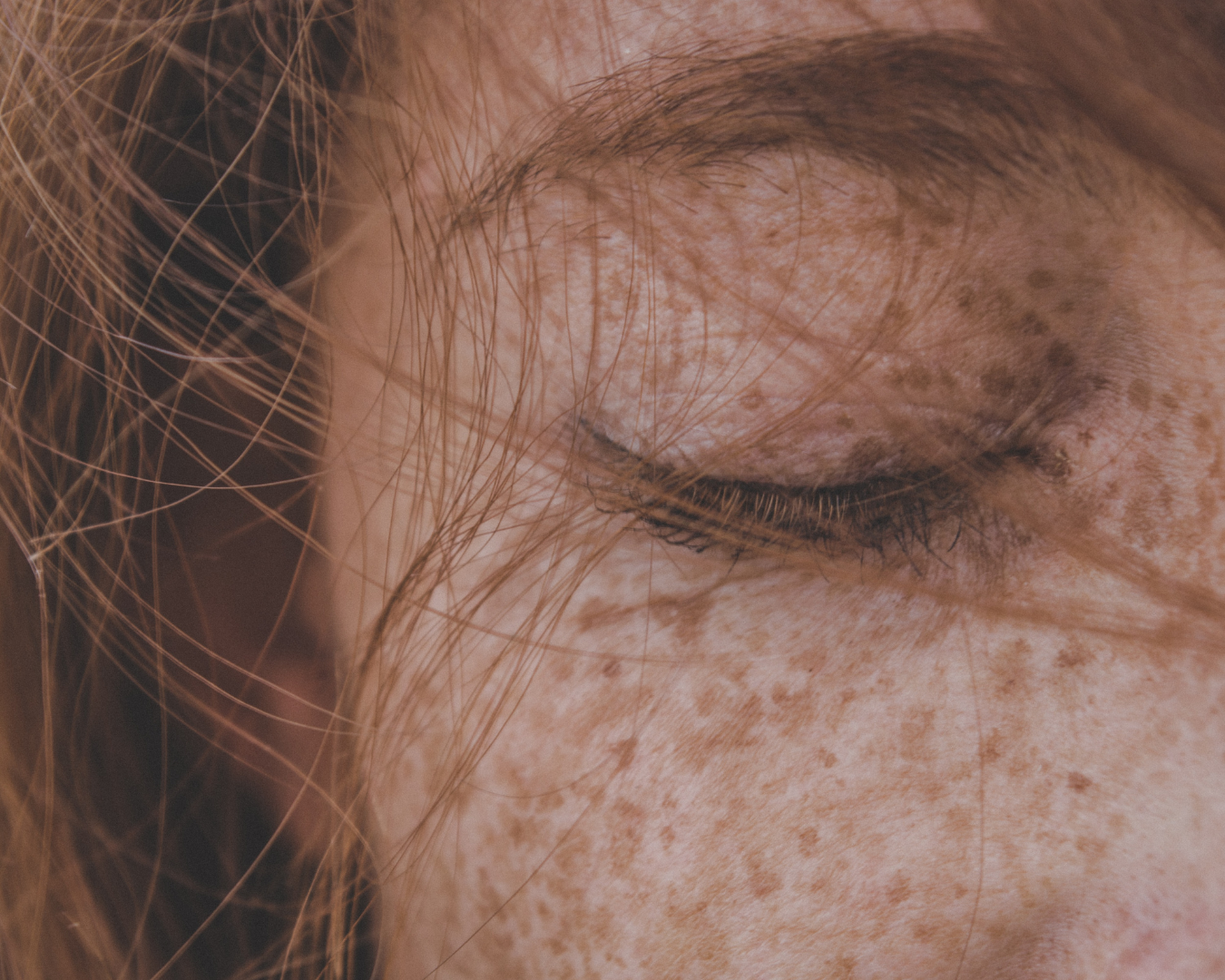
Mistake #2: Applying too much of a product
Sometimes we think, "The more formula I slather on, the faster I’ll see results.” But all you’re really doing is using up the product faster or, worse, triggering irritation, dryness, or clogged pores.
Serums, exfoliants, and treatment products for wrinkles, spots, or acne often contain highly concentrated active ingredients, so using more than the recommended dose can irritate and dry out your skin, undoing whatever good you’re trying to achieve and making you less likely to continue with the formula.
Overloading on moisturizer can potentially clog your pores because the excess sits on top of and stifles skin, while washing your face more than twice a day can disrupt skin's natural balance of oils leading to dryness or, in some cases, increased oiliness as your skin tries to overcompensate for the lack of moisture.
If you're not sure how much is too much, this guide shows the ideal amount to apply for each type of skincare product.
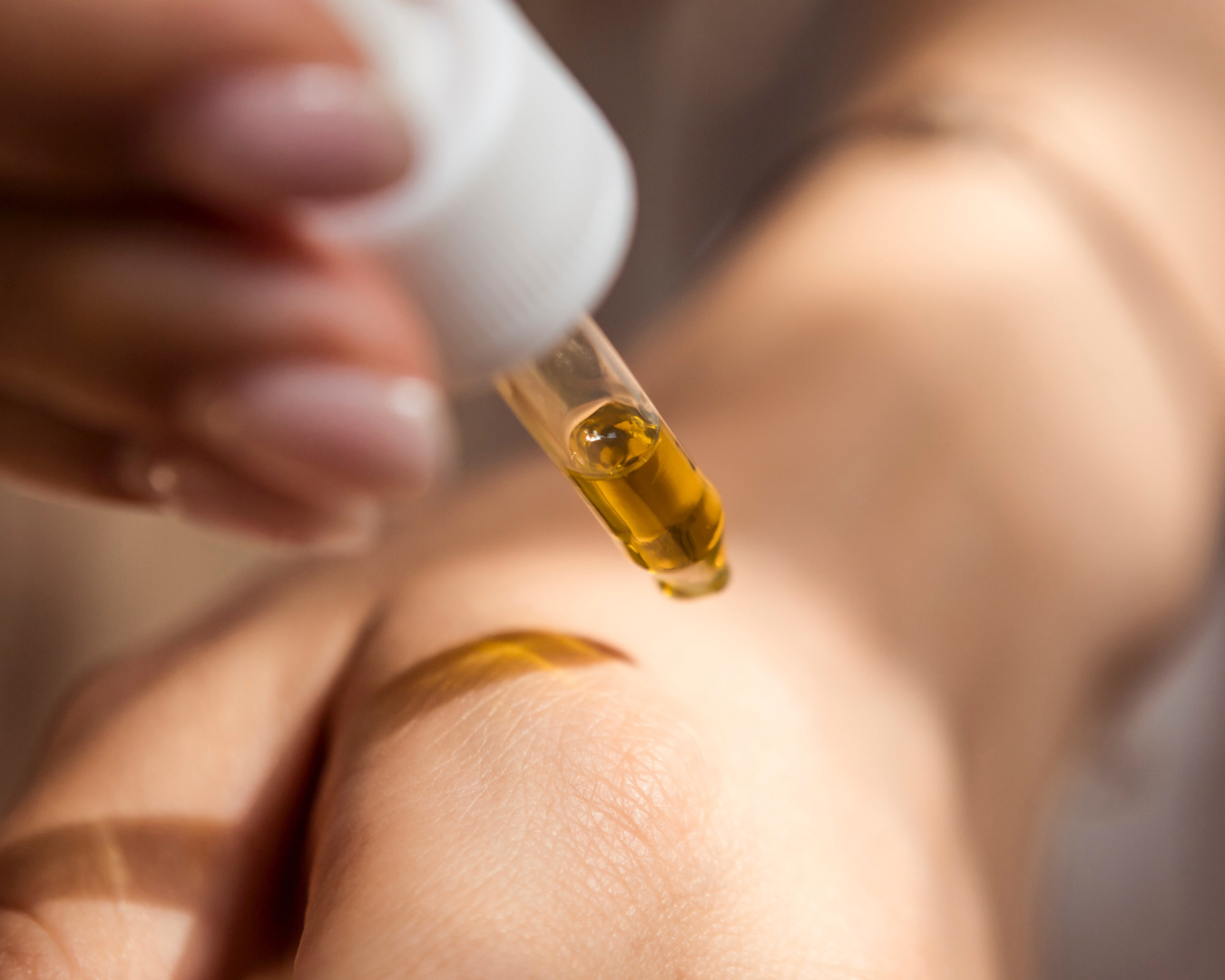
Mistake #3: Relying on your makeup for SPF protection
Here's an inconvenient truth: that foundation or CC cream boasting SPF 30 on the label isn’t actually delivering SPF 30-level protection.
The FDA, which regulates SPF number labeling on sunscreens, requires that all sunscreens be tested at 2mg/cm², which means a generous two milligrams of sunscreen per square centimeter of skin. That equates to half a teaspoon or a nickel-size dollop for your face and neck combined to achieve the level of SPF protection listed on the sunscreen’s label.
Most of us don’t apply nearly that much base makeup—but even if we did, the FDA has strict criteria on what constitutes a sunscreen, so just because a product contains sunscreen ingredients doesn’t mean it functions as a sunscreen. One dermatologist notes that you’d probably have to apply 6 to 7 times the amount of makeup with SPF 30 as you would a facial sunscreen with SPF 30 to reach the same level of protection.
Granted, makeup with SPF does offer some protection, but think of it more as a little extra add-on over your daily facial sunscreen or moisturizer with broad-spectrum SPF 30 or higher.
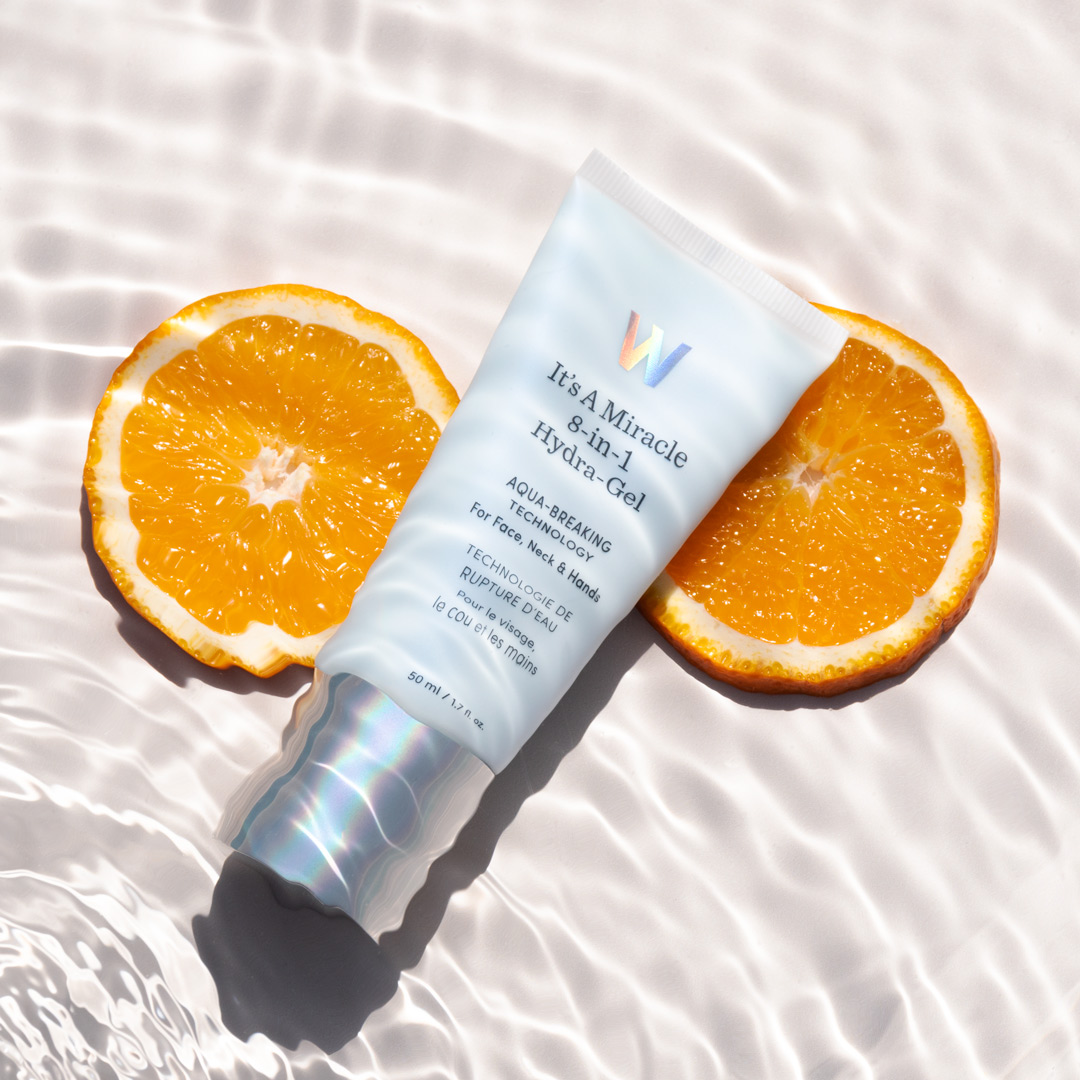
Mistake #4: Using oils incorrectly
Skin needs daily hydration to stay soft, plump, and maintain elasticity. Hydration, by definition, refers to water, and as we learned in high school chemistry class, oils do not contain any water. Yet beauty brands often incorrectly refer to their facial oils as “hydrating,” leading to some confusion over how these products are meant to be used.
While “hydrating” and “moisturizing” are often used interchangeably, they're not the same thing. As a cosmetic chemist explains in this Allure article, hydrating the skin means delivering water or water-binding ingredients such hyaluronic acid or glycerin to it. Moisturizing is lubricating the skin with emollients that help seal in water and prevent it from evaporating from the skin (known as trans-epidermal water loss), as well as delivering necessary lipids. In other words, your skin needs both to be healthy.
While most face lotions and creams contain both hydrating and moisturizing ingredients, facial oils by nature don't hydrate the skin, so they shouldn't serve as your only moisturizer. An oil should always be applied after a hydrating moisturizer, such as our hyaluronic-acid-and-glycerin-rich It’s A Miracle 8-in-1 Hydra Gel or our PUREVOC All Day Glow Face Cream, which contains several different kinds of hyaluronic acid.

Mistake #5: Neglecting your neck and upper chest
Skincare products designed for the neck and décolleté are often thought of as superfluous—but science shows that neck skin is thinner and more vulnerable to loss of elasticity than facial skin, and there's less oil production and fatty tissue on our necks and upper chest. Which means these areas need just as much protection and care as our faces.
But do you need a whole separate set of products just for your check and chest? Probably not. Most neck creams contain the same firming and spot-reducing ingredients as face creams, just frequently in lower concentrations since the skin on the neck and chest is often more sensitive. Ease into applying facial treatments on your neck and chest to give the skin time to adjust. And remember to slather an antioxidant-infused sunscreen on your neck and any exposed chest skin every day, as antioxidants and SPF are your best defense against the damage that ages skin.

Mistake #6: Getting a skin cancer check only once a year
An annual skin cancer screening is the standard recommendation, but if any of your first-degree relatives have had melanoma (the deadliest form of skin cancer), you should be checked twice a year, as dermatologists have determined there’s a genetic component to the disease.
Same goes for anyone who used indoor tanning beds before age 35, which increases the risk of developing melanoma by 75%, according to the Skin Cancer Foundation—no matter how many years have passed since last being in one. Unlike smoking where for every year since you quit, your risk of lung cancer decreases, the cell mutations caused by tanning beds don’t improve over time.
Now that you're armed with these skin smarts, you can get the most out of your product regimen.

